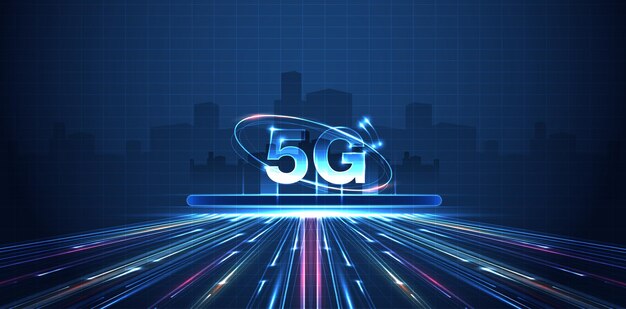
5G technology represents a trade-off in several ways, balancing various factors that can impact its deployment, performance, and user experience. Here are key aspects of the trade-offs associated with 5G:
Speed vs. Coverage – Speed: 5G offers significantly higher data transfer rates compared to previous generations (4G LTE). This capability supports high-bandwidth applications such as ultra-HD streaming, augmented reality (AR), and virtual reality (VR).







Coverage: High-speed 5G typically relies on higher frequency bands (like millimeter waves) that provide fast data rates but have limited range and penetration capabilities. This may require more cell towers or infrastructure to achieve widespread coverage, especially in rural or less populated areas.
Latency vs. Network Complexity:
Latency: 5G can achieve ultra-low latencies, crucial for applications that require real-time interaction, such as autonomous vehicles and remote surgery.
Network Complexity: Achieving low latency requires sophisticated networking technologies and infrastructure (e.g., edge computing), which can increase the complexity and cost of deployment.
Cost vs. Performance:
Cost: The rollout of 5G infrastructure can be expensive for service providers, requiring investments in new hardware and technology. This cost may be passed on to consumers.
Performance: While the investment can lead to enhanced performance and a better user experience, there’s a trade-off regarding how quickly this infrastructure can be deployed, especially under financial constraints.
Device Compatibility vs. Transition Challenges:
Device Compatibility: 5G requires compatible devices for users to take advantage of its benefits. Many existing devices are not 5G-enabled, forcing consumers to upgrade.
Transition Challenges: The transition from 4G to 5G can create complications in terms of interoperability and network management during the transitional period.
Data Privacy vs. Innovation:
Data Privacy: The increased connectivity and data collection capabilities of 5G can raise concerns about data privacy and security, as more devices become interconnected.
Innovation: On the flip side, 5G can drive innovation in various sectors (IoT, smart cities, etc.) that can lead to improved services and efficiencies.
Environmental Impact vs. Technological Advancement:
Environmental Impact: The development and deployment of 5G infrastructure can have a significant environmental footprint, including energy consumption and materials used.
Technological Advancement: However, some advancements in technology may also lead to more efficient processes, reduced energy consumption, and the ability to implement smart technologies that can enhance sustainability.
Overall, while 5G technology promises numerous benefits, including higher speeds, lower latency, and greater connectivity, these advantages are accompanied by various trade-offs that stakeholders must consider during its implementation and usage.


Leave a Reply